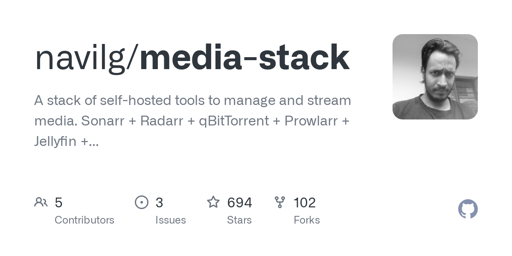

Yeah, I love reading these and I’ve been using Linux for 8 years. I recommend Linux regularly and I want to know enough about new people’s experiences to know what questions to ask.
Do you use Photoshop? Do you have modern hardware or fancy monitor? What GPU?
Good thing we can all boot up TempleOS and find the answers we seek. 🙏









Yeah Adobe just doesn’t play ball with Linux but there are people that have used it successfully on Linux though.